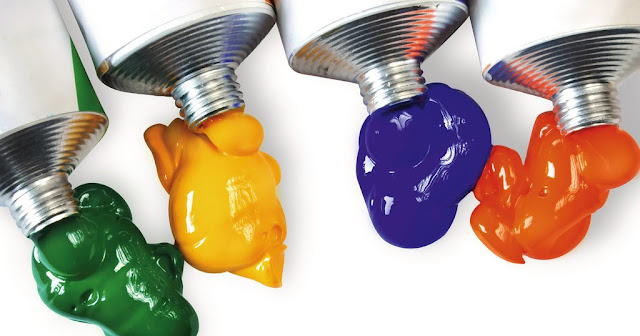 |
| Polymer emulsion |
Polymer emulsion, also
known as latex, is a colloidal suspension of polymer particles in water. This
unique formulation has gained significant popularity in various industries due
to its wide range of applications, ease of use, and environmental benefits. In
this blog, we will explore the uses of polymer emulsion, the manufacturing
process involved, and the different types available in the market.
Major players operating
in the global Polymer
Emulsion Market include 3M, H.B. Fuller, The Dow Chemical Company,
Scott Bader Company Ltd., BASF SE, Celanese Corporation, Lubrizol Corporation,
Arkema Group, and Apotex Industries Ltd. among others.
Polymer emulsion finds
applications in numerous industries, owing to its desirable properties and
versatility. Some common uses include:
1. Paints
and Coatings: Polymer emulsion serves as the base for water-based paints,
providing excellent adhesion, durability, and color stability. It is also
utilized in architectural coatings, wood finishes, and industrial coatings.
2. Adhesives:
The adhesive industry extensively employs polymer emulsion due to its ability
to bond different materials, such as paper, wood, fabric, and plastics. It
offers good strength, flexibility, and heat resistance, making it suitable for
various bonding applications.
3. Textiles:
Polymer emulsion is used in textile applications, such as fabric finishing,
sizing, and pigment printing. It enhances fabric properties like softness,
wrinkle resistance, and water repellency.
4. Paper
Coatings: In the paper industry, polymer emulsion acts as a coating agent,
improving paper surface smoothness, printability, and resistance to water and
chemicals.
5. Construction
Materials: Polymer emulsion is incorporated into construction materials like
cementitious mortars and tile adhesives to enhance their performance,
flexibility, and water resistance.
Manufacturing Process:
The production of Polymer Emulsion involves
several steps:
1. Monomer
Selection: The choice of monomers determines the properties of the polymer
emulsion. Common monomers include styrene, butadiene, acrylic acid, and vinyl
acetate.
2. Emulsification:
Monomers are mixed with water, followed by the addition of emulsifiers and
stabilizers. The mixture is then subjected to mechanical shearing, such as
high-speed mixing or homogenization, to create small droplets of monomers
dispersed in water.
Types of Polymer
Emulsion: Polymer emulsions are available in various types, each designed for
specific applications. Some commonly used types include:
1. Acrylic
Polymer Emulsion: Known for their excellent adhesion, weather resistance, and
versatility, acrylic emulsions are widely used in paints, adhesives, and
coatings.
2. Styrene-Butadiene
Rubber (SBR) Emulsion: SBR emulsions offer high durability, abrasion
resistance, and flexibility, making them suitable for applications like carpet
backing, paper coatings, and adhesives.
3. Vinyl
Acetate-Ethylene (VAE) Emulsion: VAE emulsions exhibit good adhesion and low
temperature flexibility. They are commonly used in adhesives, textiles, and
construction materials. Global
Styrene-Butadiene
Latexes Market size is estimated to be valued at US$ 9,120.3 million by
2023, exhibiting a CAGR of 3.5% during the forecast period.
Polymer
emulsion plays a crucial role in various industries,
offering an eco-friendly and versatile alternative to traditional solvent-based
products. Its extensive range of applications, ease of manufacturing, and
availability in different types make it a valuable component in paints,
adhesives, textiles, paper coatings, and construction materials. As technology
advances, the applications of polymer emulsion are likely to expand, further
benefiting industries and the environment alike.
